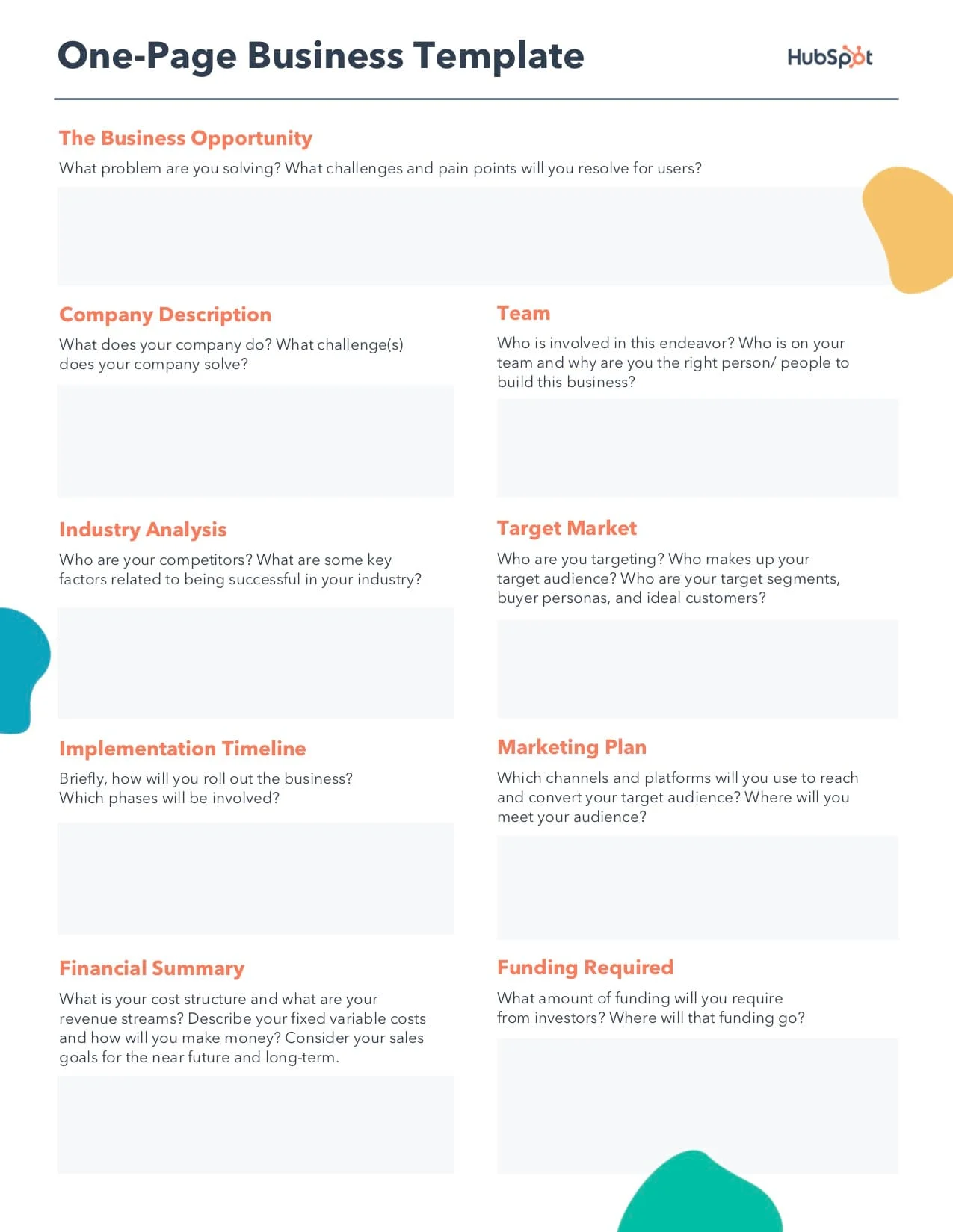Although it seems like successful companies came up overnight, that’s rarely the case. Building a brand takes consistent, thoughtful effort over time. No matter how many hours teams put in or many ads companies buy, it still may seem impossible to get noticed in a sea of brands vying for your audience’s attention. A brand strategy can help you stand out and make meaningful connections with customers, turning them into lifelong brand ambassadors and helping your brand rise to the top.
What is a brand strategy, and how can it enhance the trajectory of your brand? This guide discusses the elements that are crucial to a create killer brand strategy. But first, you need to know the basics.
What is a brand strategy?
A brand strategy is an intentional plan to shape and create an image of your brand in the mind of customers. It also helps brands discover their target audience, the emotions they want to convey, and how they plan to develop relationships with customers. And it helps brands generate better leads, increase conversions, and gain an edge against competitors.
A brand strategy gives life to products and services so that customers can build meaningful relationships with the brands they love. Brand strategy also incorporates elements such as brand identity and marketing strategies.
A brand strategy is also a long-term roadmap for how a company will grow. But it goes beyond what companies sell and how they plan to get ahead of the competition. A company’s brand strategy highlights elements like the purpose of an organization, its values, and its persona. It gives brands a way to connect on a deeper level with customers so that they continue to grow over time.
Elements of a good brand strategy
Many elements go into creating a great brand strategy that stays in the minds of your customers. While it does involve some intangible things like creating a feeling or a vibe, some tangible elements help businesses develop a good brand strategy:
Business plan
Brands should start by drawing up a well-thought-out business plan. Not only does it help companies achieve funding opportunities, but it also helps keep companies focused on their goals. And it can help brands grow at a much faster pace. According to a recent study, business owners who put a formal business plan into place experienced 30% faster growth than business owners that did not. So it pays to have a business plan.
A business plan should include key information about how a brand intends to make a profit, such as:
- A mission statement,
- A descriptive list of products and services,
- Market analysis and research,
- A clear marketing plan,
- A financial strategy,
- And a budget.
Source
Value proposition
A value proposition is a simple statement that explains how customers benefit from a brand’s products and services. It tells customers how a brand will solve their problems and why it is the best choice for the job. It can be short and sweet, or it can include more details. But a good value proposition will speak directly to your target audience.
However, a value proposition also has a major influence on the company itself. It helps customers and workers reflect on the “why” of the organization. And it helps organizations stay focused on offering unique value to their customers. (More on how brands can discover their “why” later.)
Brand positioning statement
A brand positioning statement outlines what a company does and what makes it different from other competitors. It’s mostly used internally to align the organization with the overall goals of the brand. A great brand positioning statement can also be used for customer-centric messaging as well. But this statement is normally used by marketing and sales teams to guide their messaging. It helps to ensure that all communication is consistent and aligned with the values of an organization.
Brand story
Everyone likes a good story – especially customers. A brand story shares how a company came to be. But it should also convey a feeling to customers so that they can understand and relate to the personality and voice of a brand. Although the words that companies use to tell their story are important, what’s more, important is how those words make their audience feel.
Building relationships is about sharing, being authentic, and showing others what is important to you. The same applies to building relationships with customers. Until brands tell their story, audiences really don’t know anything about them. Plus, it reveals a brand’s personality and gives customers something to relate to.
Brand voice
What is a brand voice? Just like a person’s voice, a brand voice is a way that companies talk to their customers. Tone, inflection, punctuation, and sentence structure all play a role in communicating to customers in a way that is authentic to a brand’s values.
For example, a brand may want to come across as friendly and upbeat if its products are geared toward a trendy audience. Or, a brand might prefer to come across as authoritative and professional to reach B2B customers. It all depends on the personality of a brand, the kinds of products and services they offer, and the values of its customers.
How to create an effective brand strategy
A brand strategy is important to the foundation of an organization because it gives companies clear directions on their path to success. Whether a business is brand new or well-established, it’s never too late to create an effective brand strategy. Here’s how:
Clearly define the company’s “why”
The first step to creating a great brand strategy is to define the organization’s “why.” Why does the brand exist? What’s the purpose of its offerings? What services does it provide to others? A brand’s why is at the core of everything that they do.
Aligning company values with all aspects of business allows brands to make connections with people who believe in the same things. “Why” is how customers relate to brands. You could say that a company’s “why” is why customers feel connected to brands at all.
Here are some questions to help define your why:
- Why does the brand exist?
- What are its goals for the future?
- How will it accomplish those goals?
- What influence will it have on others?
- What does the company do?
Get to know your target audience
A company’s target audience is made up of the people who are most likely to buy a product based on things like their lifestyle, aesthetics, and interests. A company that truly knows its target audience will always have the upper hand. Why? Because they spend their time reaching out to the right people all the time. Brands that don’t know their target audience end up wasting money on trying to communicate with customers that are not a good fit for their offerings.
There are many ways that brands can learn more about their target audience. For example, Google Analytics is a widely used business tool that is used to help marketing teams understand who is visiting their landing pages and gauge the level of interest in certain pages, links, and content.
Then teams can put this data to use in creating a buyer’s persona. It’s an imaginary profile that details what a business’s ideal customer acts like, what they enjoy doing, and how they interact with other brands. It helps companies get a clear image of their customer’s pain points, needs, and other information to inform marketing activities.
Go digital
Brands all over the world either have or plan to undergo a digital transformation of their business infrastructure, communications, marketing strategies, and more. It follows suit since millions of consumers worldwide have also been making the shift toward virtual experiences like shopping online, watching product videos, and even using technology to communicate with their favorite brands.
While upgrading your internal communications to keep up with the times is important, organizations must offer communication tools for communicating with customers, too. For example, many companies are utilizing SMS in addition to email and direct messaging to communicate with customers directly.
Companies can even use SMS functions like text-to-pay to improve revenue. A recent survey discovered that dental offices that switched to a direct SM communication system with patients saw 80% of patients paying their invoices within a twenty-four-hour period.
Stick to consistent brand messaging
Brand messaging is how companies communicate to their audience about who they are. Consistent brand messaging does involve specific words and phrases, but it doesn’t mean saying the same thing repeatedly until customers finally buy something. It means that the values, goals, and brand voice should stay more or less the same. Consistency builds trust in customers and allows them to feel familiar and confident in the brands they follow.
Although brand messaging often involves things like phrasing and word choice, it also involves non-verbal cues. For example, a graphic design study created logos for five fictional companies and showed them to participants in the study. The participants were allowed to check out the logos for just 10 minutes.
At the end of the study, 78% of participants were able to recognize the main color of the logo, but only 43% could recall the name of the organization. The results of this study tell us that color in branding might be more important in brand recognition than the name of a business or the words they use to talk about them.
Adapt to your audience’s needs
More than anything, the most important part of creating an effective brand strategy is to adapt to your audience’s needs. There’s a reason why many companies consider rebranding every 7 to 10 years. It helps to elevate their visual identity and evolve with their target audience. Rebranding isn’t mandatory, though. Making smaller refreshes on an annual basis is normally enough to stay keyed into target audiences, revenue goals, and your overall brand strategy.
Conclusion
Just the thought of developing a brand strategy can feel like a lot of pressure. But without a brand strategy, brands are almost guaranteed to sink. Many elements go into creating a good brand strategy, including a business plan, finding a brand voice, and building relationships with target audiences.
Right now, the brand’s digital representation is key to its overall success. Customers are increasingly seeking out digital experiences and ways to interact with brands virtually. This proves that a good brand strategy also leaves room to evolve with the changing needs of customers.
Business developers should reflect on what they want their brand to look like, who will buy from them, and how they will offer valuable experiences to their customers. Then create a brand strategy that reflects these values. Then break down each of the elements of creating a good brand strategy in this guide to build a brand that will stand the test of time.
Author Bio

Nahla Davies is a software developer and tech writer. Before devoting her work full time to technical writing, she managed—among other intriguing things—to serve as a lead programmer at an Inc. 5,000 experiential branding organization whose clients include Samsung, Time Warner, Netflix, and Sony

